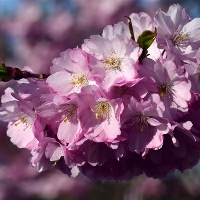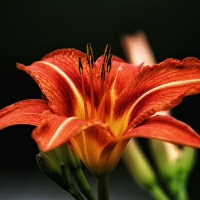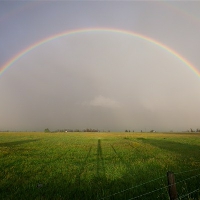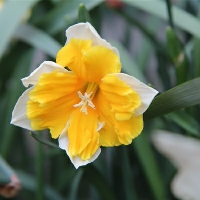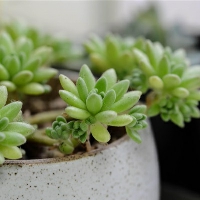The left hand technique of Guzheng mainly introduces the left hand string pressing technique, and the left hand string pressing technique is one of its main techniques. The technique of playing strings with the left hand is the same as that with the right hand. The fingering symbols are the same for the left and right hands, and the technical requirements are also the same. Next, I learned how to play the zither with my left hand for your reference.
Left hand technique of playing zither: vibrating strings
After playing the string with the right hand, the left hand vibrates the string to beautify the aftertone. The vibrating string is a slight vibration up and down on the reference pitch (the reference pitch is the string sequence pitch after the five tone scale of the Zheng is set), and this vibration does not change the pitch of the string. There are three kinds of vibrating strings: slow vibrating (singing), vibrating (general vibrating), fast vibrating (small vibrating, big vibrating). Slow tremor, the frequency of tremor is slow, and the lingering sound is melodious and rhythmic. The vibrating string, the forehead movement of medium frequency, is the basic vibrating string that should be paid attention to in basic training. Fast tremor, tremor with fast frequency, tense aftertone, often expressing excited emotion.
Left hand technique of playing zither: string gliding
Play the string with your right hand and press the string with your left hand to change the tension of the string and produce a gliding sound. There are two kinds of sliding strings: upward and downward, which can be subdivided into sometimes valued upward and downward, decorative upward and downward, and so on.
The upward sliding sound is played first and then pressed, and the upward sliding sound is half of the value of the note when pressing the string to slide the pitch of the upper square string. The pitch after the upward sliding sound should be maintained. The falling tone is first pressed and then played, first pressing the pitch of the string to the top square string, then keeping half of the time value after playing the string, and then falling to the original tone, and the falling time value is half of the time value of the original note. Other sometimes valued up and down glides and decorative up and down glides make different changes in the time value of the glide.
Left hand technique of playing zither: string rubbing
After playing the string with the right hand, press the string down with the left hand to make a large fluctuation in the reference tone. This fluctuation is actually a combination of up and down glides. This fluctuation has pitch change, from small second degree to small third degree. This fluctuation is rhythmic and random. String kneading can be divided into up kneading and down kneading. Upward kneading is to slide up first and then slide down; You can also slide up first, then slide down, and then slide up. Lower kneading refers to sliding down first and then sliding up, or sliding down first and then sliding up and then sliding down. The difference between the two lies in whether to slide up or down first at the beginning.
Left hand technique of playing zither: string pressing
When the right hand plays the string, the left hand presses down on the lower string to change the tension of the string and send out the pitch of the upper string. The change of string pressing is generally to raise the minor second, major second or minor third degree.
